The road surface monitoring system is a specialized equipment system used for monitoring and analyzing the surface conditions of roads. By integrating multiple high-precision sensors and intelligent analysis algorithms, it can capture the changes in road conditions in real time and accurately, providing key data support for road maintenance, traffic safety and urban planning.
The WX-LMZK1 pavement monitoring system has multiple core functions and is designed to comprehensively and accurately reflect the pavement conditions. This includes but is not limited to the monitoring of key indicators such as the smoothness of the road surface, the condition of damage, the depth of ruts, anti-skid performance and the degree of wetness. Through these functions, the system can promptly identify potential safety hazards on the road surface and provide scientific decision-making basis for the road maintenance department.
The importance of the road surface monitoring system is self-evident. It is the "eyes" of road maintenance work, which can help the maintenance department detect and deal with road surface diseases in a timely manner, prevent the spread of diseases, thereby extending the service life of the road and reducing maintenance costs. Meanwhile, the data support provided by the system can also offer more precise traffic control and guidance plans for traffic safety management departments, reducing traffic accidents caused by road surface issues. Furthermore, for urban planning departments, the data provided by the road surface monitoring system is also an important basis for formulating scientific and reasonable urban traffic plans.
The application scenarios of road surface monitoring systems are extensive, covering various road scenarios such as urban roads, expressways, and rural roads. In urban roads, the system can be used to monitor the pavement conditions of the main urban roads, providing a strong guarantee for the smoothness and safety of urban traffic. On expressways, the pavement monitoring system can promptly detect and warn of pavement diseases, providing crucial support for the maintenance and management of expressways. In remote areas such as rural roads, the system can also play a significant role, helping local transportation departments promptly identify and handle road problems, ensuring the smoothness and safety of rural traffic.
Not only that, the road surface monitoring system can also play a stabilizing role under different weather and traffic flow conditions. Whether it is sunny, rainy or snowy, the system can continuously and accurately monitor the road conditions, providing timely and reliable data support for road maintenance and traffic management departments. Meanwhile, in the face of road scenarios with different traffic flows, the system can also respond flexibly to ensure the accuracy and real-time nature of the data.
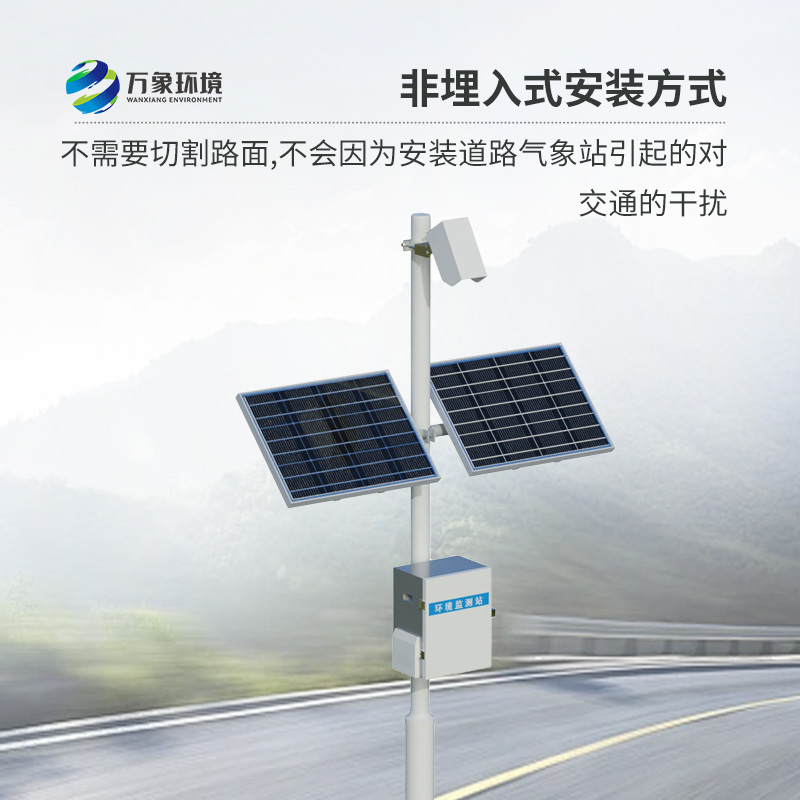
Article address:
http://www.qxhjjc.com/en/article/1457.html

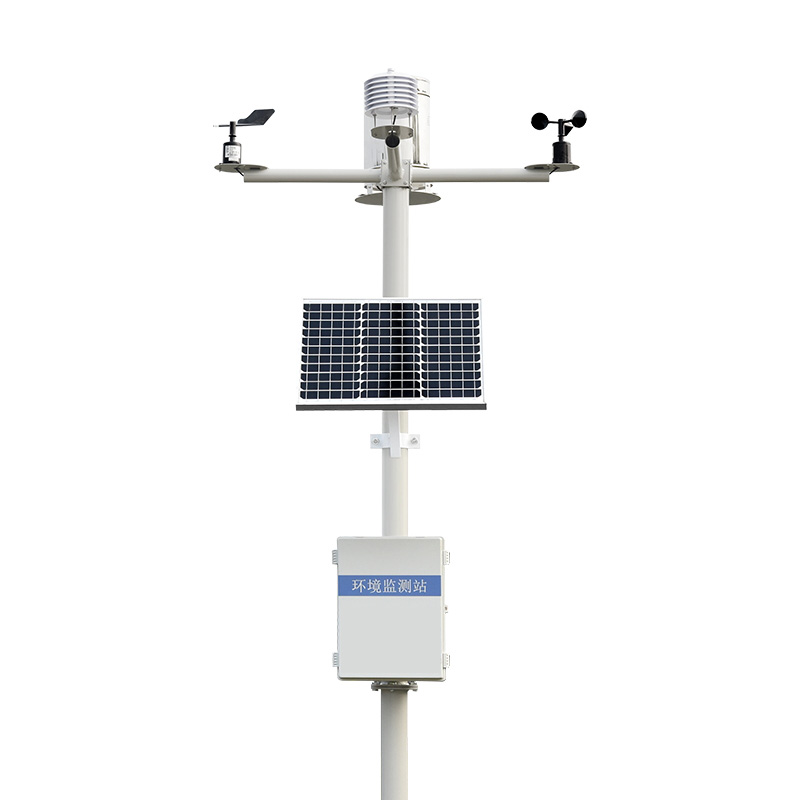
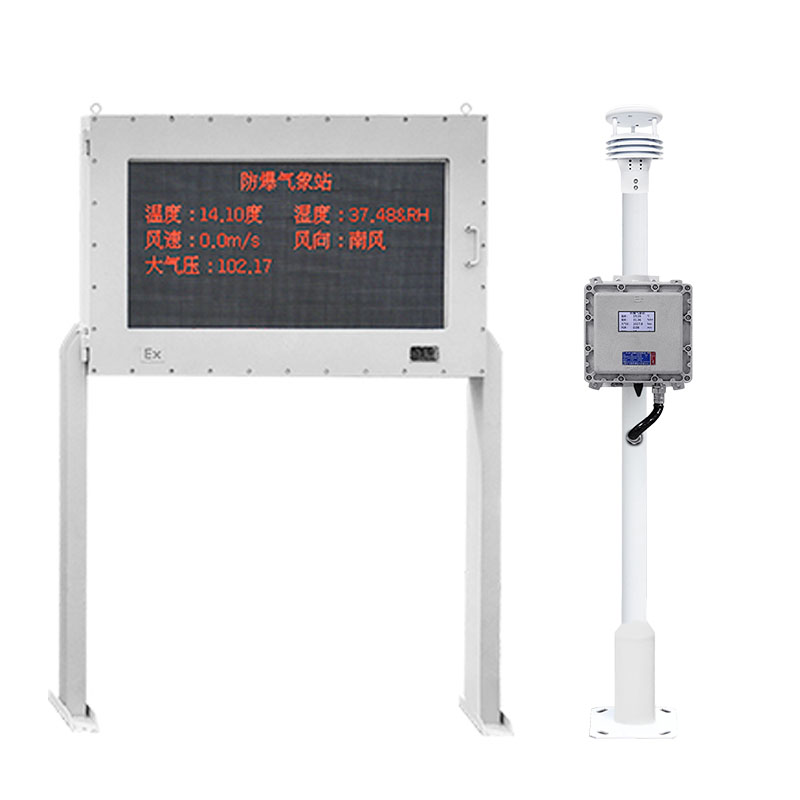
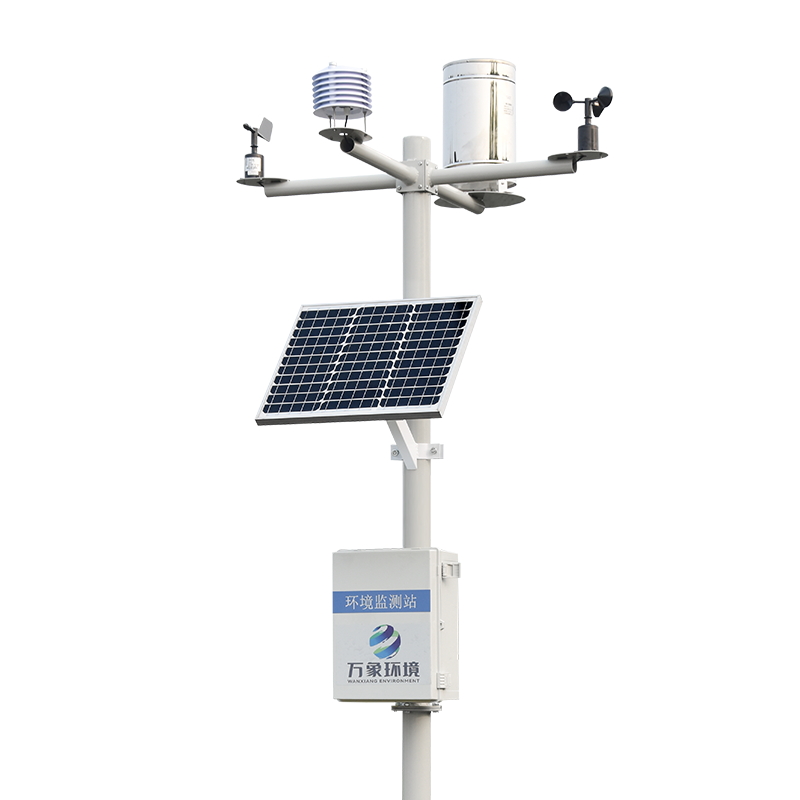
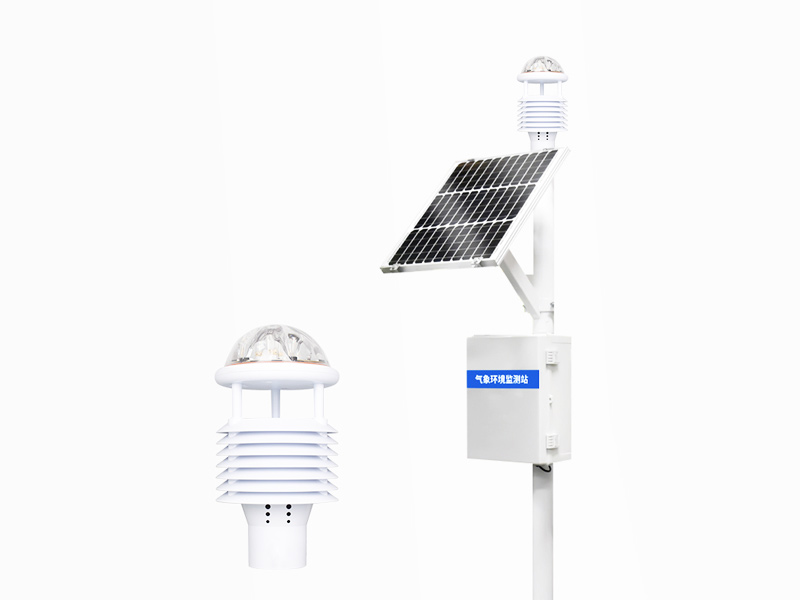
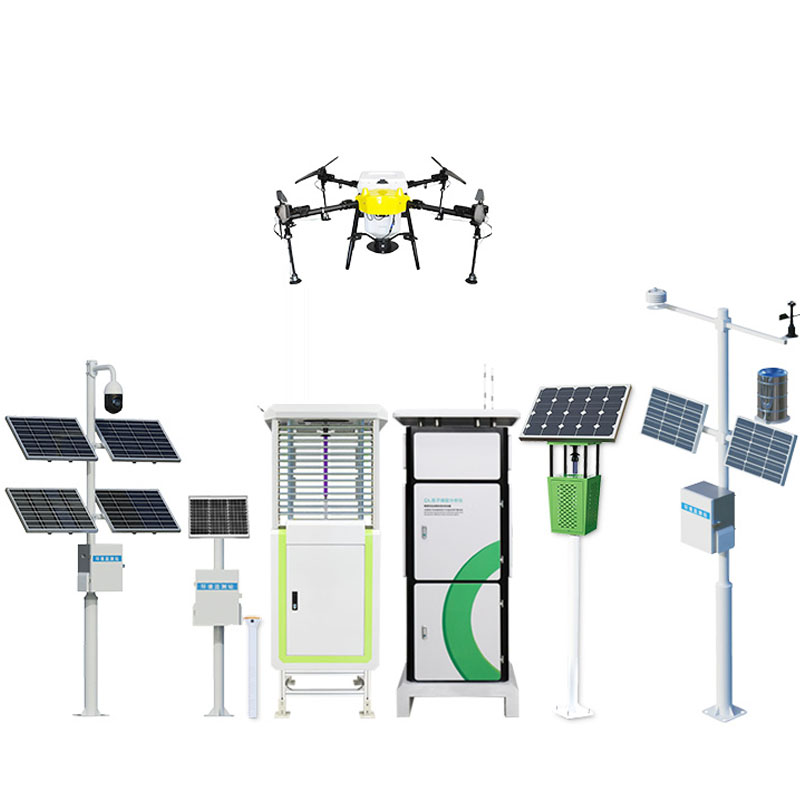

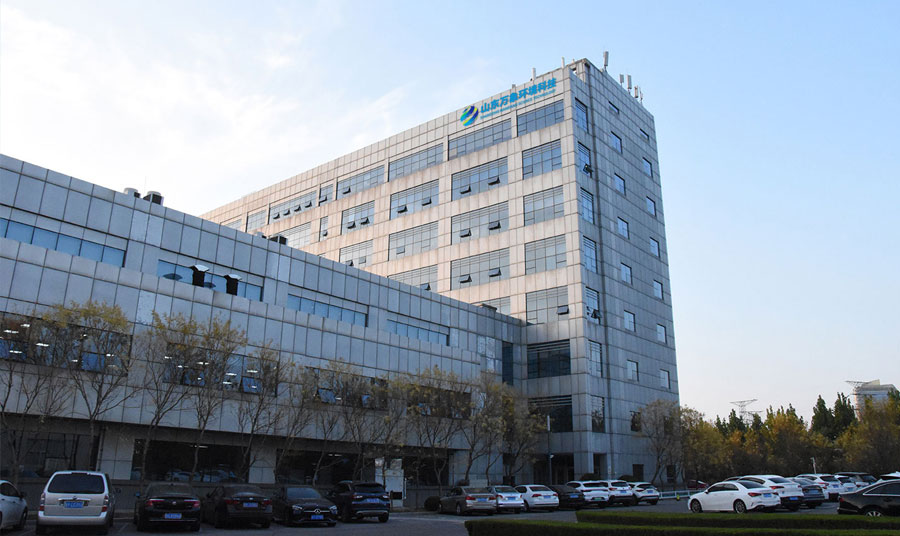
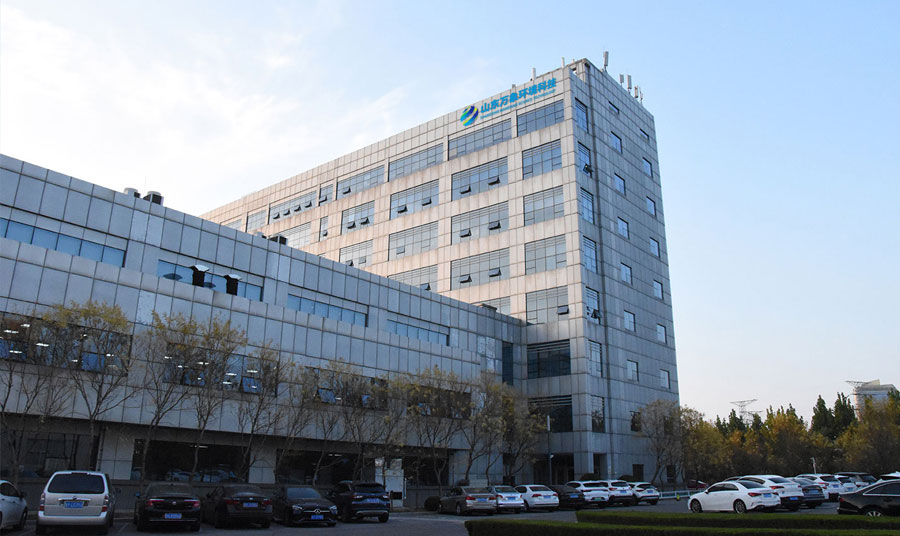



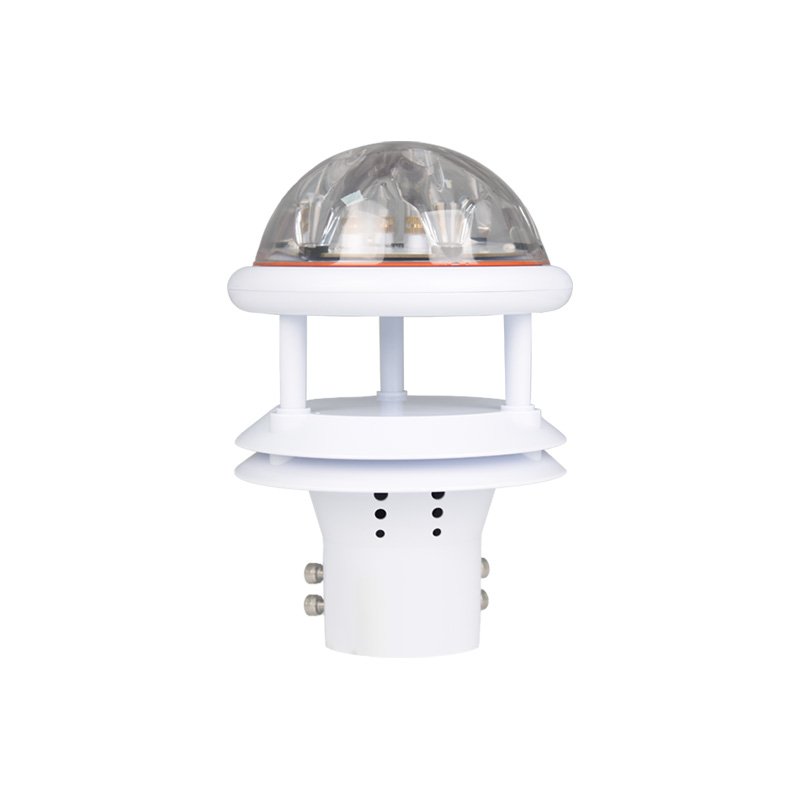
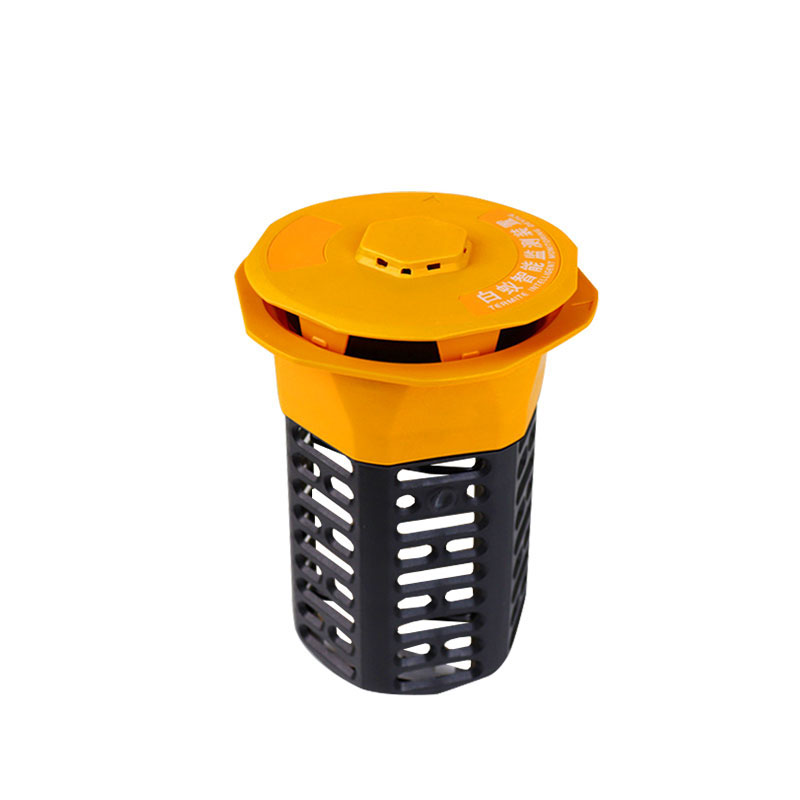
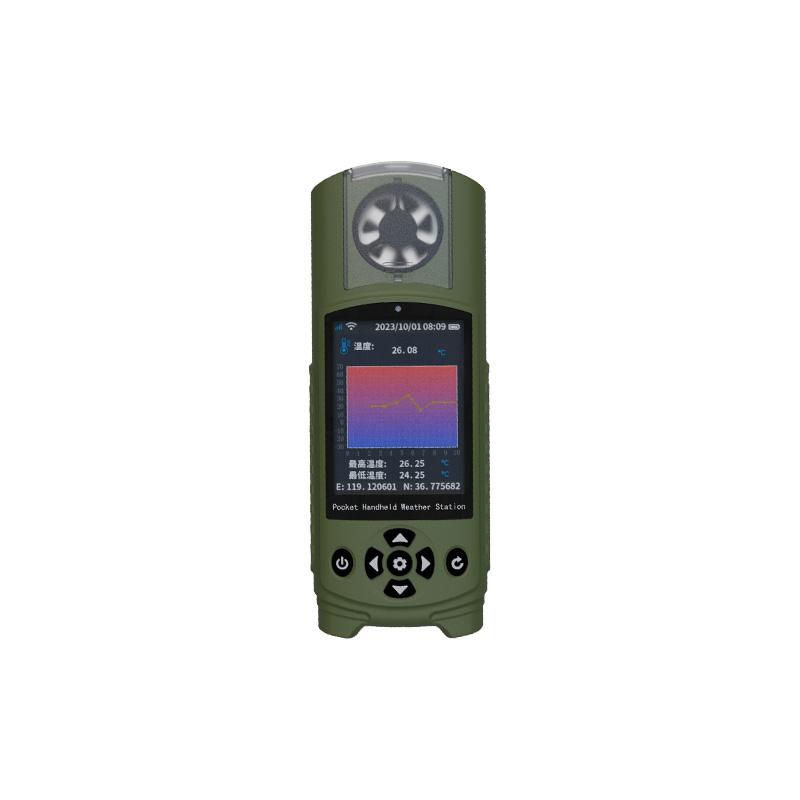



 Home
Home phone
phone Product Overview
Product Overview Contact Us
Contact Us